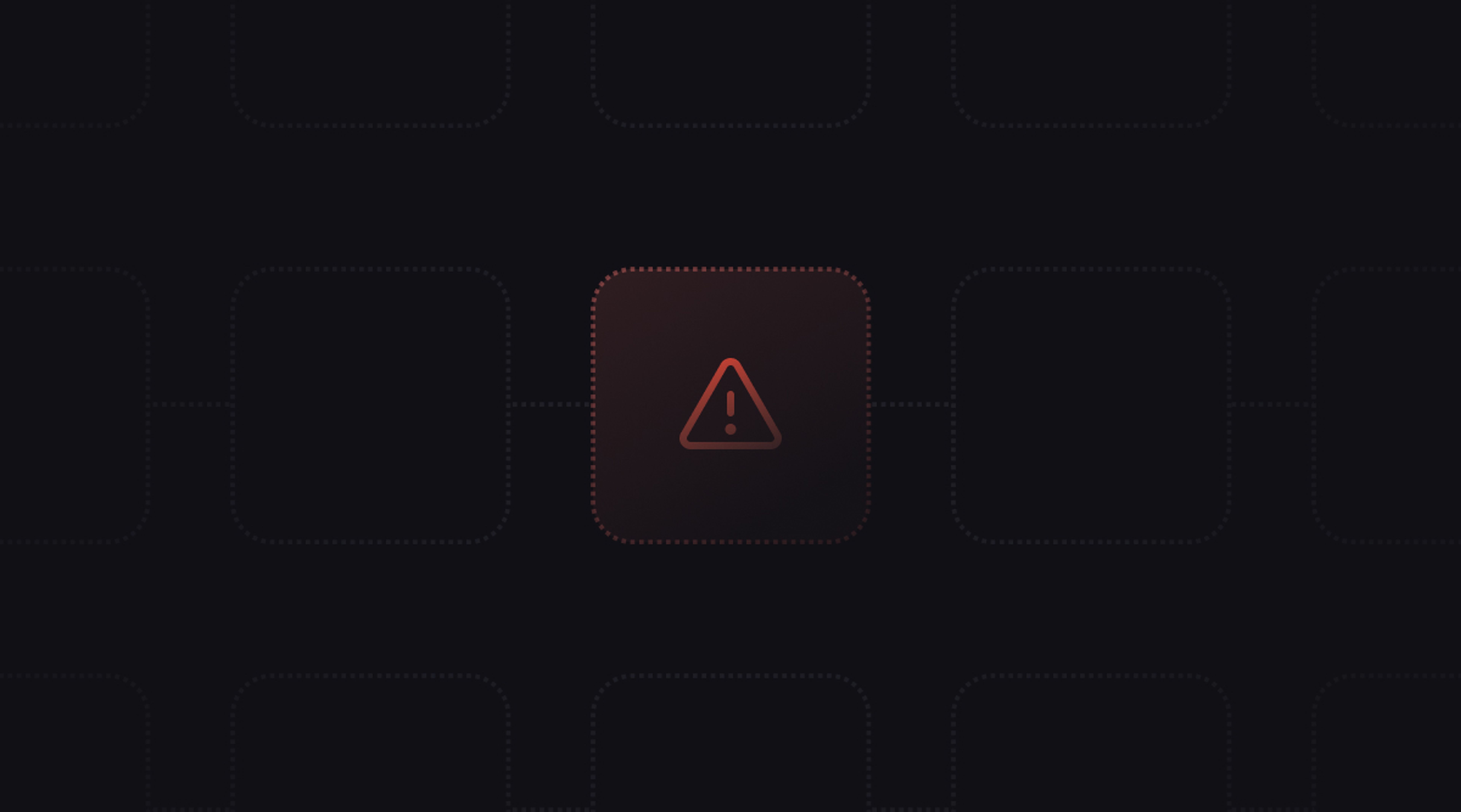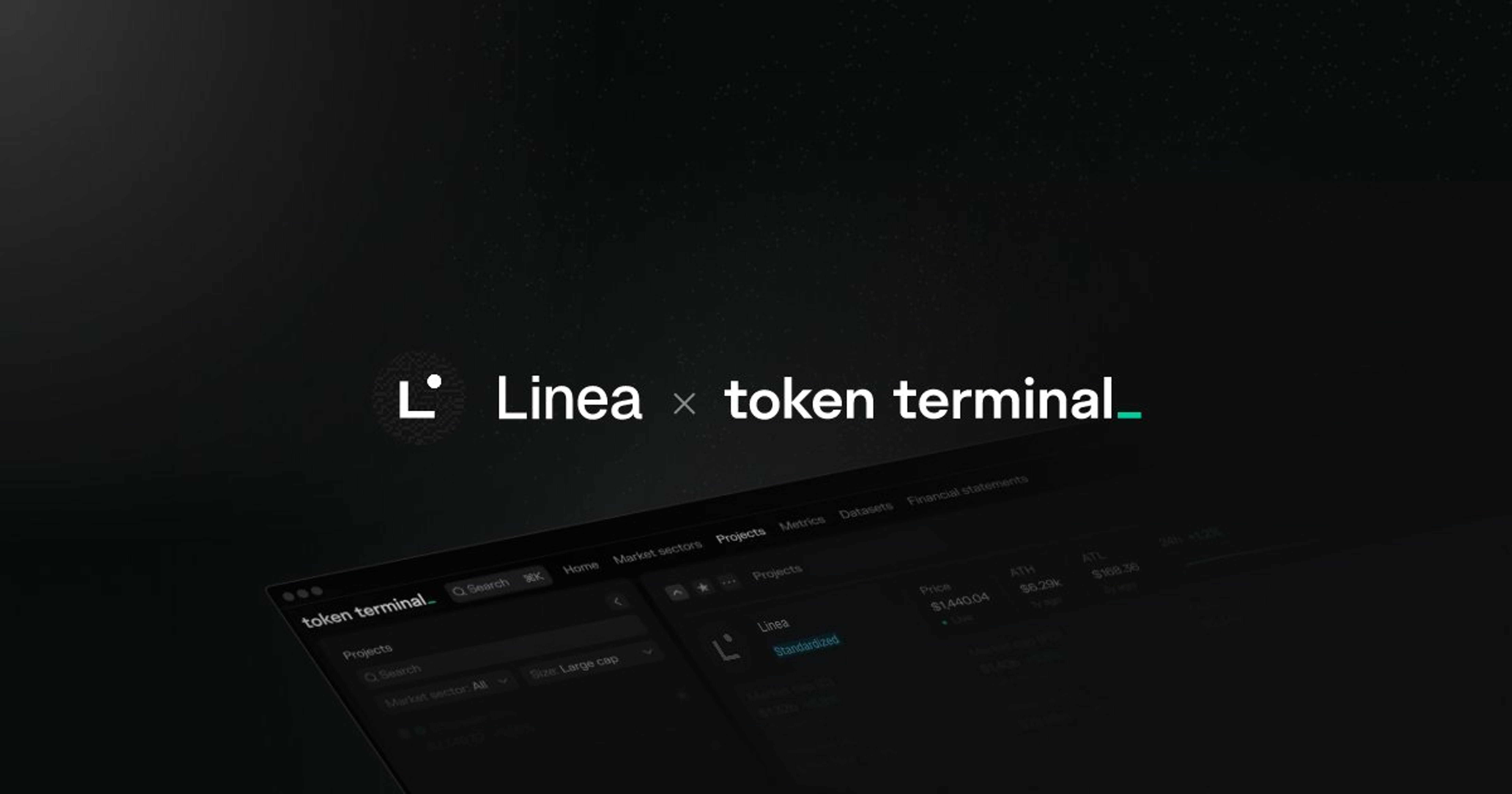
Why running a blockchain node is hard
i) Snapshots: the magic button that’s hard to find
A snapshot is like hitting fast-forward on syncing your node. Instead of reprocessing every block from the start, it loads a saved state of the blockchain. Sounds great in theory, but in reality, finding and using a good snapshot can feel like searching for a unicorn.
- Where do you find one? Most blockchains don’t exactly roll out the red carpet with a nice, official repository of snapshots. You’re left digging through community forums, shady third-party sites, or asking around—like trying to find that obscure file on an ancient torrent.
- Does it actually work? Let’s say you find a snapshot. It’s a whopping 20TB download, and after all that, it’s broken or missing data. Congrats, you’ve just wasted hours (or days) of bandwidth and storage. Back to square one.
- Is it up-to-date? Even if the snapshot works, it might be so old that your node has to play catch-up on millions of blocks. At this point, you’re basically syncing from scratch anyway.
Without reliable, up-to-date snapshots, you’re looking at weeks—if not months—of syncing for larger chains. That’s a lot of time to waste just trying to get your node on the same page as everyone else.
ii) Setting up nodes: not exactly a one-click install
A production-ready configuration should let you deploy a node on any operating system in minutes. But we live in a world where “production-ready” setups are more of an optimistic theory than a reality. When they’re missing, you have to piece everything together manually, which leads to mistakes, inefficiencies, and wasted hours (or days).
And if you’re expecting solid documentation to save the day, good luck. Even when you find some, it’s often outdated or missing crucial details. The result? Developers spend their time guessing and checking, and probably inventing a few new curse words along the way.
iii) Slow syncing without enough archival bootnodes
Blockchain networks work like peer-to-peer systems—think torrents, but for blocks. Nodes share data with each other, but only archival nodes store the whole blockchain history. Full nodes, in contrast, prune old data aggressively to save space.
The problem? When there aren’t enough archival nodes around, new nodes can’t find reliable peers with complete blockchain histories. This slows syncing, causes bottlenecks, and limits access to essential historical data.
How we solved it at Token Terminal
At Token Terminal, we’ve gone through this circus more times than we’d like to admit. We currently operate in-house node infrastructure for over 40 blockchains, managing a data warehouse that holds more than 400 TB of data. Here’s how we cracked the code.
i) Up-to-date archival snapshots
We built an internal archival snapshot service that uploads fresh snapshots daily. These aren’t snapshots from two years ago; they’re up-to-date and ready to use. This means we can sync nodes quickly, react faster to network upgrades, and avoid the endless cycle of outdated data and slow catch-ups.
ii) Production-ready configurations
We didn’t trust the hit-or-miss node documentation out there, so we built our own reliable setups using Docker and Terraform. Docker packages our node software into consistent, isolated environments, while Terraform automates the provisioning of resources.
By standardizing setups across various blockchain ecosystems, we’ve eliminated the guesswork and turned what used to be a frustrating, trial-and-error process into a predictable deployment that just works. This automation lets our engineers focus on more critical tasks like expanding to new ecosystems or refining our infrastructure.
iii) Reliable archival bootnodes
To keep our data pipeline stable, we run 1-2 archival nodes in production at all times. These nodes are the backbone of our historical data pipeline, but they also double as bootnodes whenever we need to sync up new nodes.
Full nodes are useful, but they’re like that roommate who throws out anything they haven’t used in a week. For example, Ethereum full nodes only keep the last 128 blocks (~30 minutes). Archival nodes, however, store the entire blockchain history, giving us a complete source of data even when using snapshots.
By managing these nodes ourselves, we ensure there’s always a reliable source of historical data, preventing bottlenecks and reducing sync times.
Ready to fix your nodes?
If you’re part of a blockchain foundation looking to improve your network’s node reliability and efficiency, let’s talk. Write to robert@tokenterminal.xyz to learn how we can support your blockchain’s growth and stability.
The authors of this content, or members, affiliates, or stakeholders of Token Terminal may be participating or are invested in protocols or tokens mentioned herein. The foregoing statement acts as a disclosure of potential conflicts of interest and is not a recommendation to purchase or invest in any token or participate in any protocol. Token Terminal does not recommend any particular course of action in relation to any token or protocol. The content herein is meant purely for educational and informational purposes only, and should not be relied upon as financial, investment, legal, tax or any other professional or other advice. None of the content and information herein is presented to induce or to attempt to induce any reader or other person to buy, sell or hold any token or participate in any protocol or enter into, or offer to enter into, any agreement for or with a view to buying or selling any token or participating in any protocol. Statements made herein (including statements of opinion, if any) are wholly generic and not tailored to take into account the personal needs and unique circumstances of any reader or any other person. Readers are strongly urged to exercise caution and have regard to their own personal needs and circumstances before making any decision to buy or sell any token or participate in any protocol. Observations and views expressed herein may be changed by Token Terminal at any time without notice. Token Terminal accepts no liability whatsoever for any losses or liabilities arising from the use of or reliance on any of this content.
Stay in the loop
Join our mailing list to get the latest insights!
Continue reading

Customer stories: Token Terminal’s Data Partnership with Linea
Through its partnership with Token Terminal, Linea turns transparency into a competitive advantage and continues to build trust with its growing community.

Introducing Tokenized Assets
Token Terminal is expanding its standardized onchain analytics to cover the rapidly growing category of tokenized real-world assets (RWAs) – starting with stablecoins, tokenized funds, and tokenized stocks.

Customer stories: Token Terminal’s Data Partnership with EigenCloud
Through its partnership with Token Terminal, EigenCloud turns transparency into a competitive advantage and continues to build trust with its growing community.